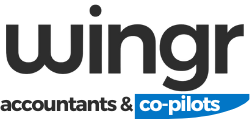
and congratulations on starting a new business!
We know it can be a bit terrifying and exhilarating all at once 😬
On the one hand it feels amazing to be stepping up and taking on a new challenge that will push you closer to reaching your personal and financial goals.
On the other hand, when you start thinking about actually running a business – managing your cashflow, paying bills, bookkeeping and taxes – it can start to feel a bit overwhelming. But that’s where we can help.
We’ve put together this guide to remove some of those unknowns and help you put some simple processes in place to stay on top of your business and cashflow. We want to give you the best chance of getting things off on the right foot to avoid pitfalls down the road.
We’ll cover the following broad areas for new businesses…
– business structure
– business registrations
– bookkeeping & invoicing
– bank accounts for cashflow
– business registrations

It’s not always one size fits all when it comes to business structures.
There’s a lot to think about when deciding on the right business structure, and your mates or family might not always have the best advice for your situation.
It’s smart to talk to an expert early on. They’ll help you evaluate which structure—or combination of structures—will set you up for the best possible outcome. A good advisor will walk you through the pros and cons, ensuring you make the right choice for your business goals. We always like to take into account…
the level of risk you have depending on the nature of your business or industry
the costs of setting up structures and the ongoing fees
your personal assets and potential financial risk
where you see your business going in the shorter and longer term
any contractual or licencing conditions that may affect your structure
projected profitability for the business
The ideal business structure should help you achieve as many of the following as possible…
protection for your personal and business assets
flexibility to legally distribute profits and reduce your income tax effectively
the ability to more easily transition ownership of the business
reduce your personal liability if things go wrong with the business
It is possible to change your business structure after you’ve started, but it requires some careful coordination to ensure a smooth transition.
If you’ve kicked things off as a sole trader, that’s perfectly fine, but it may not be the best fit long term. It’s a good idea to chat with a trusted advisor early in your business journey. They can help you map out where your business is headed and plan for a future transition to the right structure at the right time.

There is no shortage of registrations and compliance when you’re running your own business.
Before you start operating your business it’s important to think about any registrations you might need for your business. This will determine what lodgements you will have and which taxes you need to pay. Each business can be a little bit different so the following is a summary of some common ones that you should be aware of that might apply to you…
Common to most businesses…
you will need an Australian business number (ABN).
you will need to apply for a tax file number (TFN).
you will need to register for goods & services tax (GST) if your turnover is expected to reach $75,000 during the financial year. You will also need to lodge a business activity statement (BAS).
you will need to register a business name if you intend to trade under a name other than your business’ legal name.
you will need to lodge an annual income tax return.
If you have (or plan to have) employees…
you will need to register for pay-as-you-go withholding (PAYGW) tax.
if you employ external employees then you will need worker’s compensation insurance (eg WorkCover).
certain states and industries may have portable long service leave requirements which are managed outside your regular payroll.
all employers will need to meet single touch payroll (STP) reporting requirements.
you will need to register your software ID (SBR) with the ATO for single touch payroll processing.
you will need to report and pay your super contributions each quarter by the deadline (hefty penalties apply for late payments so don’t miss this!)
Other common registrations/lodgements…
if your business makes payments to contractors for specific services including building and construction, cleaning, courier/freight, IT or security/surveillance, you may need to lodge an annual Taxable Payments Annual Return (TPAR).
if you operate a company, you will need to complete an Annual Review each year to keep your company registered. This will be sent out by ASIC around the anniversary of your company registration date.
There are always lots of variables when it comes reporting requirements which can depend on your business size, the industry you work in, the types of services you provide or even your business structure. Always seek expert advice to make sure you don’t miss anything important for your business.

Good recordkeeping is the secret to running a thriving business.
At the very least, accounting software helps you track your income and expenses, ensuring you can lodge your returns on time. It’s also handy for sending invoices and staying on top of what’s owed to you.
But here’s the game-changer: when used to its full potential, your accounting software becomes a powerful tool to understand your business’s profitability. It gives you a clear picture of your financial health, helping you make smarter, more informed decisions.
Check out our quick tips below to help you take control of your books and unlock the true value of your software.
Keep electronic copies of your receipts in an organised way. It doesn’t have to be a formal paid receipting system, but I recommend keeping them all electronically and clearly label each receipt by date, supplier and amount to make it easy to find later.
Never mix personal and business spending. Always pay for your personal expenses from a personal bank account and only connect business bank accounts to your accounting software.
If you’re not using a professional, make sure the person in charge of your bookkeeping is capable and competent. If the info going into the software is a mess, then the info coming out is going to be worthless.
Take some time to consider what information you want to see in your software…adding more detailed categories for income and expenses will make it easier to compare and monitor.
Try to automate what you can to save time. Automatic reminders for unpaid invoices can help get you paid faster with less effort – just make sure you not too aggressive or it could rub your customers the wrong way.
Don’t be afraid of your accounting software. The more familiar you get, the more control you’ll have over your numbers—and that means better decisions for your business.

It’s not always about having to make more money…it’s just as important to manage (and keep) what you already have.
When you’re flat out, it’s easy to glance at your bank balance and assume those funds are free to spend. But managing cashflow this way can quickly lead to trouble. The good news is, you don’t need to have a complicated system, just a regular process for putting money aside to cover things like GST, tax and super. We do this in our own business and it means that when those quarterly or annual bills start rolling in, we don’t need to stress. The money is there and ready to be paid on time, every time.
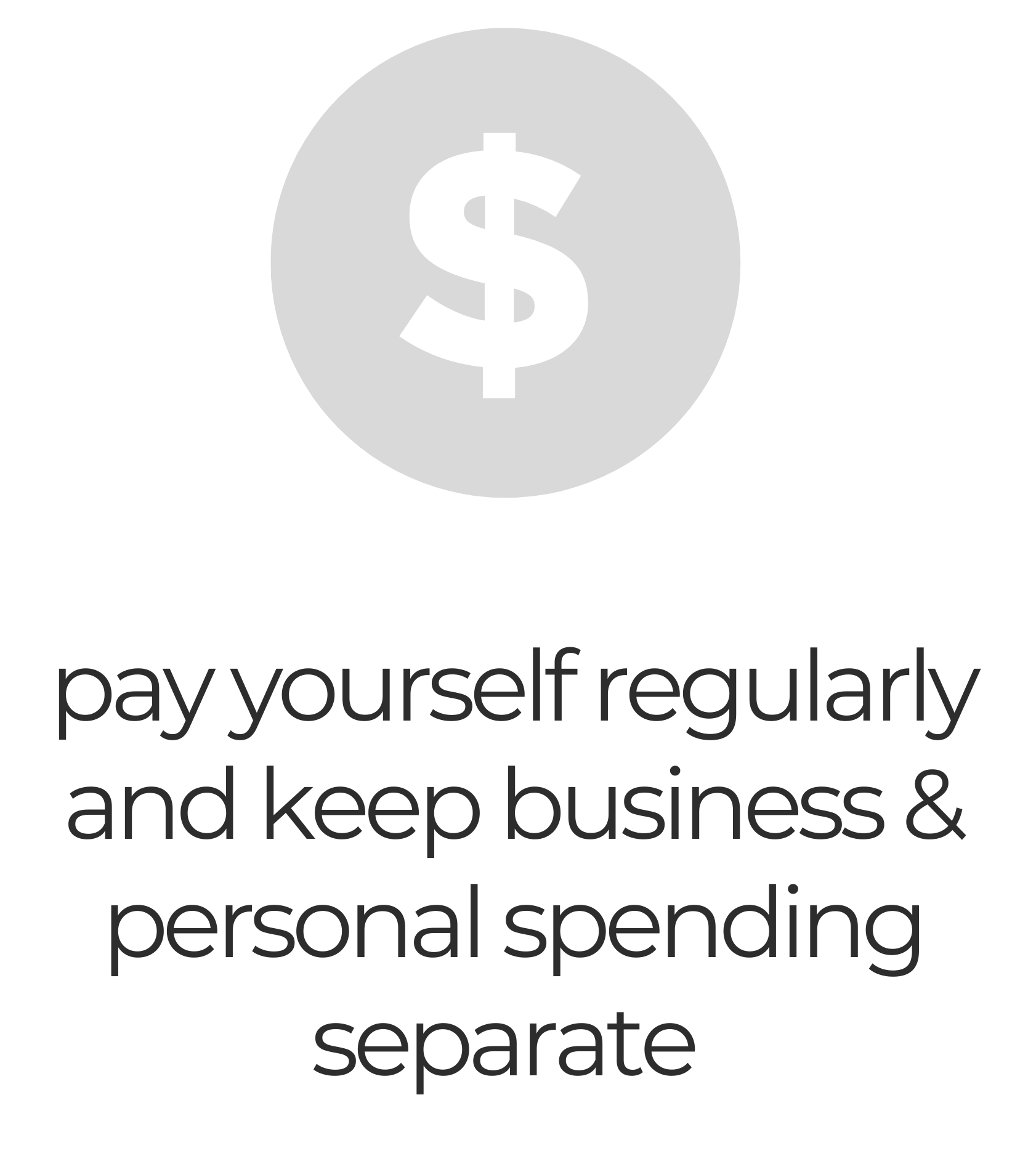
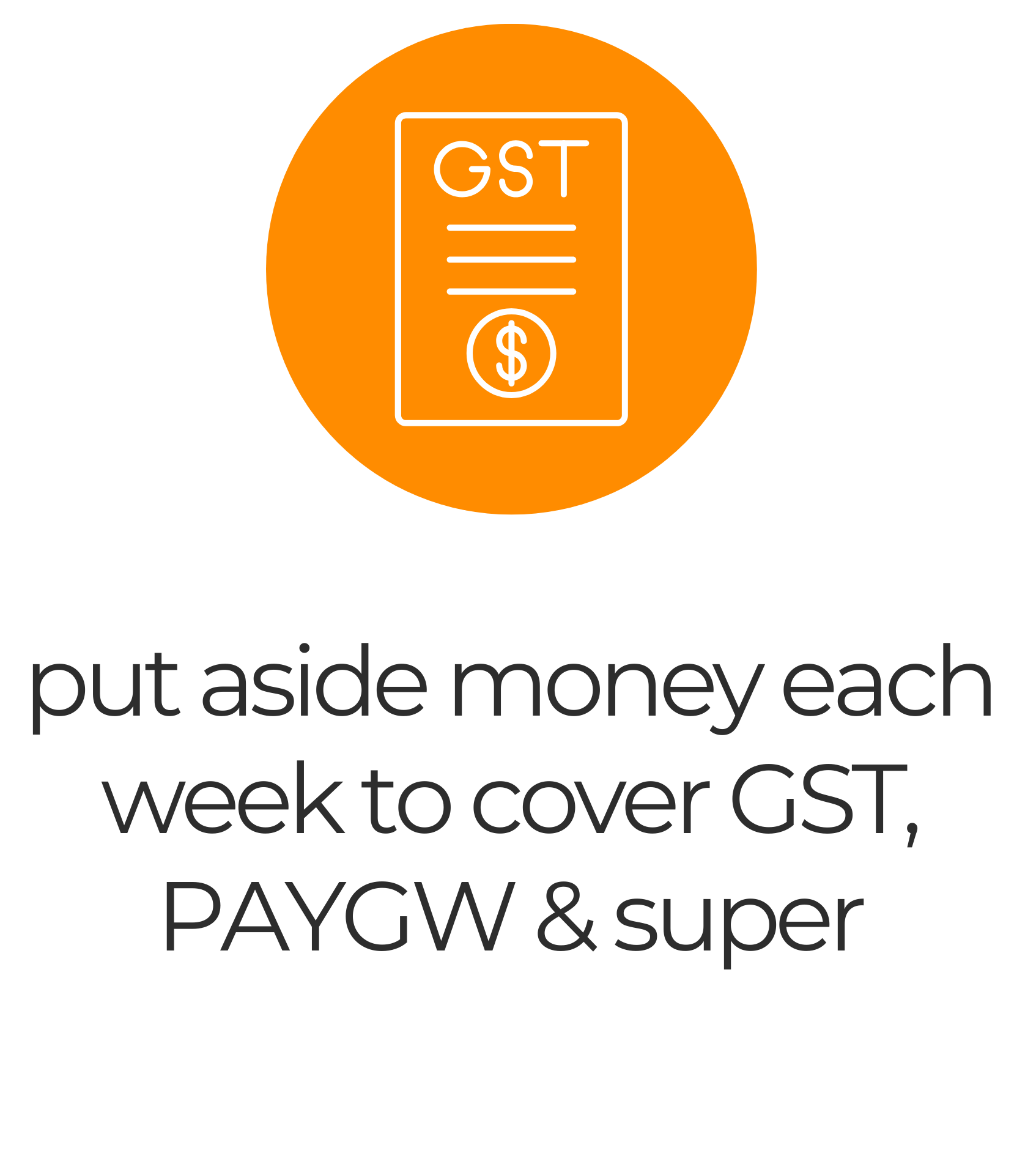
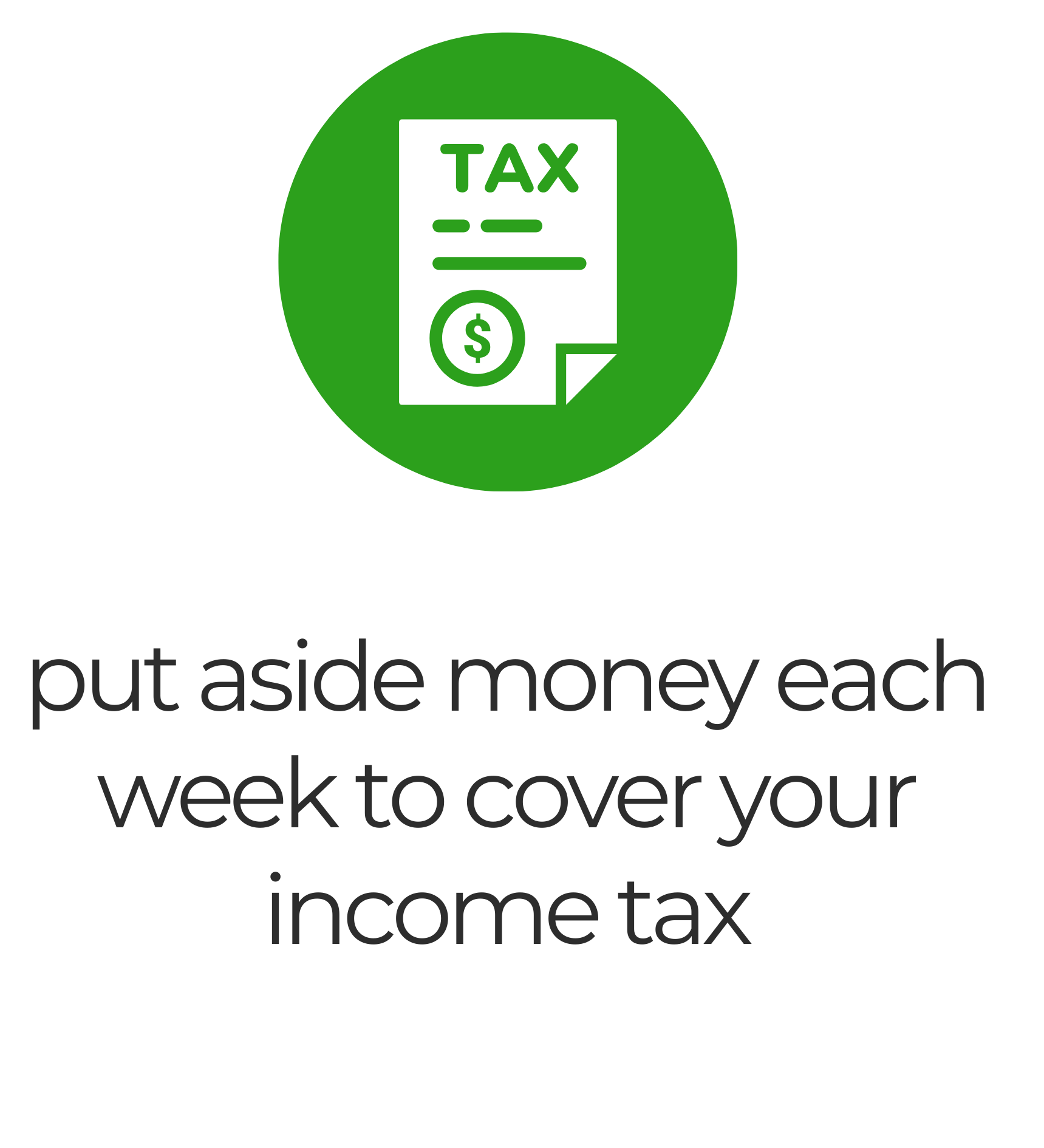
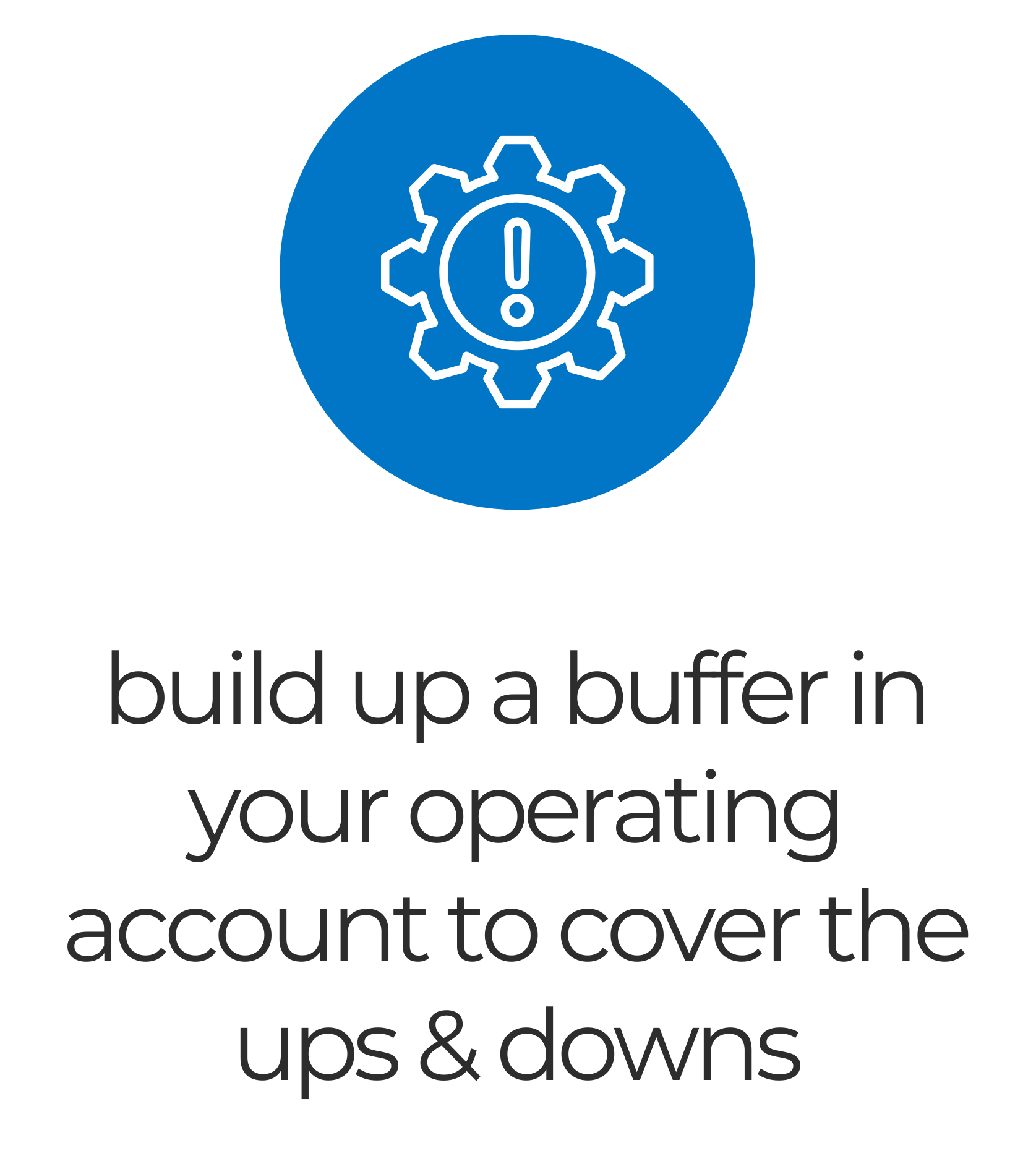
To help make this as easy as possible, try the following…
set up separate bank accounts to move your money into so it’s harder to access. You don’t need to have separate savings accounts for each type of expense (unless you want to) but if you do have all your savings in one account, keep track of how much is accumulating for GST, super, PAYGW and income tax. That way you can monitor to see if you’re putting enough aside for each or if you need to make adjustments.
find a regular time each week to look at what money has physically been paid to your business and then transfer out a portion of this to the separate account/s. In our business, we do it each week at the same time we process payroll and now it’s become part of the routine.
make sure you connect all these accounts to your accounting software so you can keep track of all the funds you’ve put aside.

Information is power…make sure you know how to find information about your business online and update things as needed.
These days, just about everything for your business—lodgements, registrations, and info—is managed online. Unfortunately, not all of those systems actually talk to each other, so you need to make sure that you update your info in all the important places. It can get a bit confusing, so we’ve pulled together the key systems and departments you’ll need to access to keep everything running smoothly.
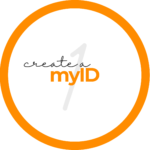
The first thing you’ll need to do is setup myID (formerly myGovID). This is your secure digital identity and your online key to access a range of government systems and information online.
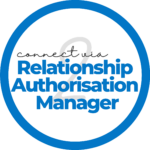
Relationship Authorisation Manager is where you connect up your business to your personal myID. This allows you to use your myID to log into a bunch of government systems and see or update details for the business as well as yourself personally.
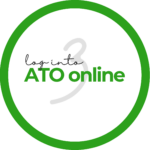
Using your myID, you’ll be able to access ATO Online for business. and see all the tax, lodgement and payment info for your business.
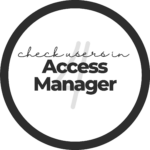
Access Manager is where you can give other people access to manage your business’ information online. This might include employees, spouses or advisors who you authorise to act on your business’ behalf.
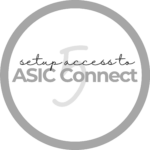
As an officeholder, ASIC Connect is where you log in to update details about your company such as addresses or changes to directors and shareholders. You also register business names through ASIC so if you need to renew or change details about your business name you will need to have access setup with ASIC.
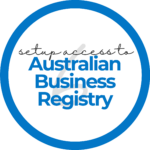
The Australian Business Registry (ABR) manages your ABN. If you need to update details about your ABN such as business locations, your ANZSIC code, key contacts or other general business details, then you do this via the ABR.

There’s obviously a whole lot more to running a business and this guide is intended to give you the key highlights to get you off on the right foot. You know the old saying “you don’t know what you don’t know”….well we wanted to make sure you know enough to ask the right questions and can avoid missing important deadlines that can get you into trouble.
These last few tips are some things that don’t come up all that often, but are a bit curly and might not be something you are necessarily on the lookout for…
before you pay an invoice to a supplier that is over $75, make sure they have quoted their ABN on the invoice. If they haven’t, you are required to withhold the top rate of tax from this payment and send it to the ATO.
make sure that you have checked your invoice templates and it includes all the right business details as well as the total amount and tax breakdowns.
if you are in a business that has to lodge a TPAR each year, try to make sure you collect the right details from your contractors each time you pay them. At a minimum, make sure they have provided their ABN or if not, they provide a written statement to confirm why they don’t need an ABN.
reach out to a trustworthy broker if you’re not sure what type of insurance coverage you need. It’s important to make sure you have the right type of policies to protect you and your family if you can’t work, as well as liability insurances in the event someone else suffers injury or losses.
check out our FAQ’s page for other common questions and answers.
You don’t have to do it alone…Wingr is here to provide as much support as you need along your business journey.
We understand the need to watch every dollar when your business is new and cashflow is bit uncertain. However, it’s important to get advice when you need it to avoid costing you more down the track.
We have found that targeted training sessions are a great way to get the information you need, for a fixed cost. That way, you only pay for the time you need and we can structure the sessions to cover the areas that you’re having the most trouble with…bookkeeping or payroll training, general questions & guidance or even just reviewing your setup to make sure you haven’t missed anything.
Reach out today if you’d like to chat about how Wingr can support you along your business journey.
